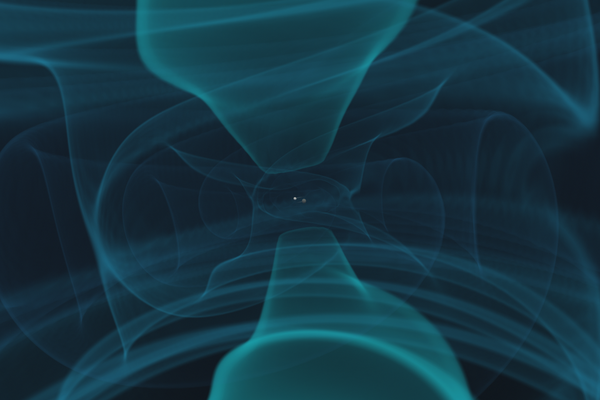Welcome GW231123, the Most Massive Binary Black Hole Observed Through Gravitational Waves

Black holes are a mystery, but today we have substantial evidence of their existence. A prolific way to detect them is through gravitational waves—ripples in space and time produced when two black holes merge with each other. Although such encounters are rare, the Universe is vast enough that, at least, one of these collisions occurs every few minutes somewhere in the cosmos. With current detectors, we can observe only a fraction of these events, amounting to about one detection every other day of operations.
Since the first detection in September 2015, we have accumulated about 100 confirmed detections in the first three observing runs, and more than 200 additional candidates during the ongoing fourth observing period. With each of these collisions, we gain direct observations of the properties of the two merging black holes as well as the remnant. So far, we have learned that the mass spectrum of binary black holes mostly ranges from a few to 50 solar masses, after which a sharp drop occurs.
Today, we report something special: GW231123, the most massive binary black hole observed through gravitational waves. GW231123 stands out because its component masses may both exceed 100 solar masses, and the remnant black hole could be as massive as 260 solar masses. If that were not enough, GW231123 also displays very high spins—rare in previous observations. This hints towards the formation of black holes from astrophysical channels beyond standard stellar collapse. Moreover, alternative interpretations are possible such as eccentricity or waveform distortions due to gravitational lensing. Parameter estimation for GW231123 is challenging because such a massive merger lasts only 0.1 seconds in the LIGO-Virgo-KAGRA detectors. Further investigations, in which members of the Niels Bohr Institute LIGO group at the Center of Gravity are taking part, are ongoing. Stay tuned for more exciting papers soon!
July 14, 2025, 10:37 p.m.